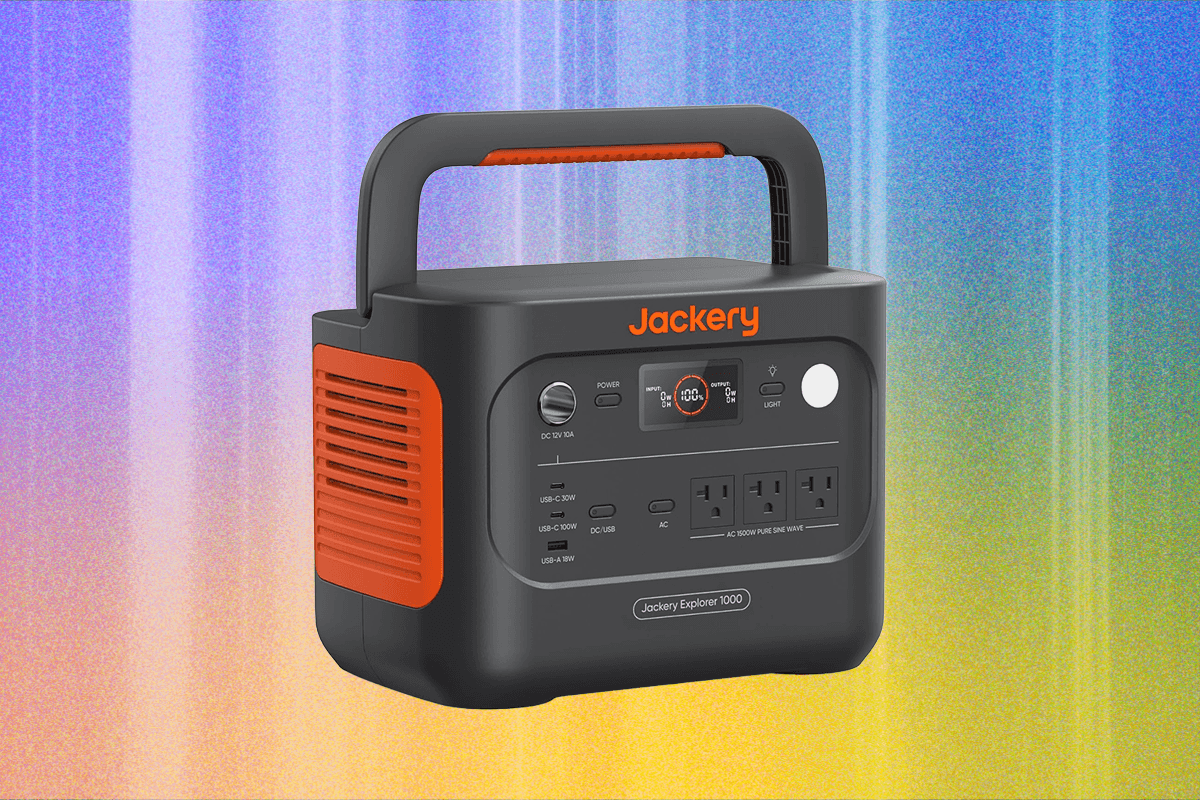Cloudflare’s “Pay-Per-Crawl”: Charging AI Bots for Content Access
Cloudflare’s “Pay-Per-Crawl”: Charging AI Bots for Content Access
The rise of AI has brought immense benefits, but also new challenges for content creators. One of the most pressing is the unchecked scraping of website content by AI bots, often without attribution or compensation. Cloudflare is tackling this issue head-on with a new initiative that could reshape how AI interacts with the internet: “Pay-Per-Crawl.”
This innovative approach allows website owners to charge AI crawlers for accessing their content, potentially providing a new revenue stream and incentivizing responsible AI development.
The Problem: AI Scraping and the Existential Threat to Publishers
For years, websites have relied on ad revenue to sustain their operations. However, with the increasing use of AI chatbots and other AI-powered tools, users are becoming less likely to visit the original sources of information. As Matthew Prince, Cloudflare’s CEO, stated, this poses an “existential threat” to publishers, as reduced website traffic directly impacts their ability to generate revenue.
AI bots are scraping content at scale, training models on vast amounts of data without contributing back to the creators of that content. This raises concerns about copyright, fair use, and the sustainability of online content creation.
Cloudflare’s Solution: Putting Power Back in the Hands of Creators
Cloudflare’s approach aims to restore balance by giving website owners more control over how their content is accessed and used by AI. The company is implementing two key measures:
- Default AI Crawler Blocking: New Cloudflare customers are now prompted to either allow or block AI crawlers by default. This simplifies the process of protecting content and ensures that website owners are actively making a choice about AI access.
- “Pay-Per-Crawl” Experiment: This private beta program allows website owners to charge AI bots for each content request. This creates a direct financial incentive for AI companies to compensate creators for the use of their data.
How “Pay-Per-Crawl” Works
The “Pay-Per-Crawl” system operates on a simple principle: AI crawlers must indicate their intent to pay for access to content. This is done through request headers. If payment is accepted, the crawler receives a successful HTTP 200 response. If payment is required, the crawler receives a 402 Payment Required response, along with pricing information.
Cloudflare handles the technical infrastructure, recording transactions and providing the tools for publishers to manage access. Publishers can also choose to allow certain crawlers free access or set a flat, per-request price for all others.
The Future of AI and Content Creation
“Pay-Per-Crawl” is still in its early stages, but it represents a significant step towards a more sustainable and equitable relationship between AI and content creators. Cloudflare envisions a future where marketplaces emerge, offering dynamic pricing and different access models for various types of content.
This could lead to a more nuanced approach, where AI companies pay higher rates for premium content or specialized data sets. It could also incentivize AI developers to focus on responsible scraping practices and attribution.
Actionable Takeaway: Protecting Your Content from AI Scraping
Even if you’re not a Cloudflare customer, you can take steps to protect your website from unauthorized AI scraping:
- Review your robots.txt file: This file tells crawlers which parts of your website they are allowed to access. You can use it to block known AI crawlers, although this is not foolproof as some bots may ignore it.
- Implement rate limiting: This can help to prevent bots from overwhelming your server with requests.
- Monitor your website traffic: Look for unusual patterns of activity that could indicate scraping.
- Consider using a web application firewall (WAF): A WAF can help to block malicious bots and protect your website from various threats.
Expert Commentary (Simulated):
“Cloudflare’s initiative is a crucial step towards addressing the challenges posed by AI scraping, says Dr. Anya Sharma, a leading AI ethicist. It’s not just about revenue; it’s about ensuring that creators are recognized and rewarded for their contributions to the AI ecosystem. This is essential for fostering a sustainable and ethical AI future.”
FAQ
Q: Is “Pay-Per-Crawl” only for large publishers? A: No, Cloudflare aims to make it accessible to websites of all sizes.
Q: How will the pricing be determined? A: Publishers will have control over setting their own prices.
Q: Is this a long-term solution, or just a temporary fix? A: Cloudflare views this as an evolving solution and expects it to adapt as the AI landscape changes.
Q: How can I enable this on my website? A: New Cloudflare customers will be prompted during signup. Existing customers can explore options in their Cloudflare dashboard.
Key Takeaways
- AI scraping poses a significant threat to content creators and the sustainability of online content.
- Cloudflare’s “Pay-Per-Crawl” experiment aims to create a new revenue model for publishers and incentivize responsible AI development.
- Website owners can take steps to protect their content from unauthorized scraping, even without using Cloudflare.
- This initiative has the potential to reshape the relationship between AI and content creators, fostering a more equitable and sustainable ecosystem.
By implementing these measures, Cloudflare is not only protecting content creators but also contributing to a more sustainable and ethical AI ecosystem. As AI continues to evolve, initiatives like “Pay-Per-Crawl” will be crucial in ensuring that the benefits of AI are shared by all.
Source: Engadget




